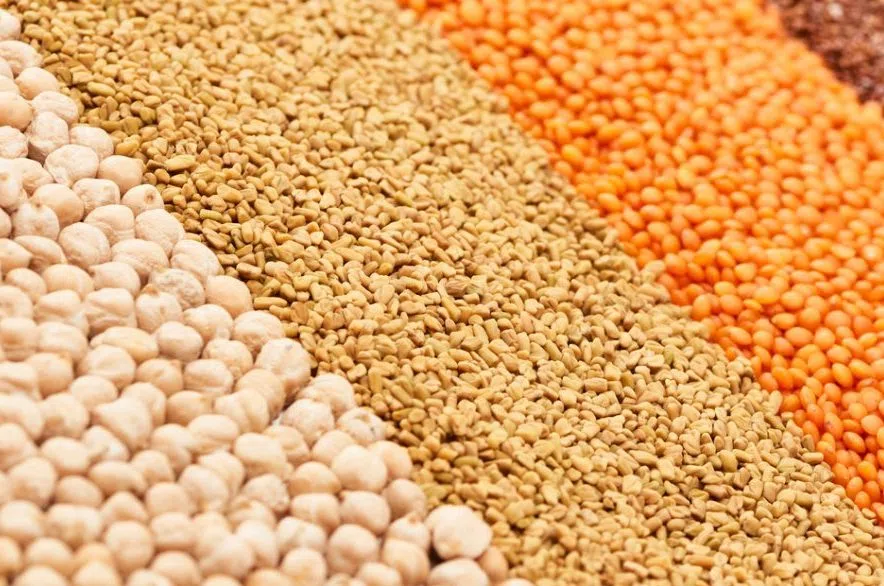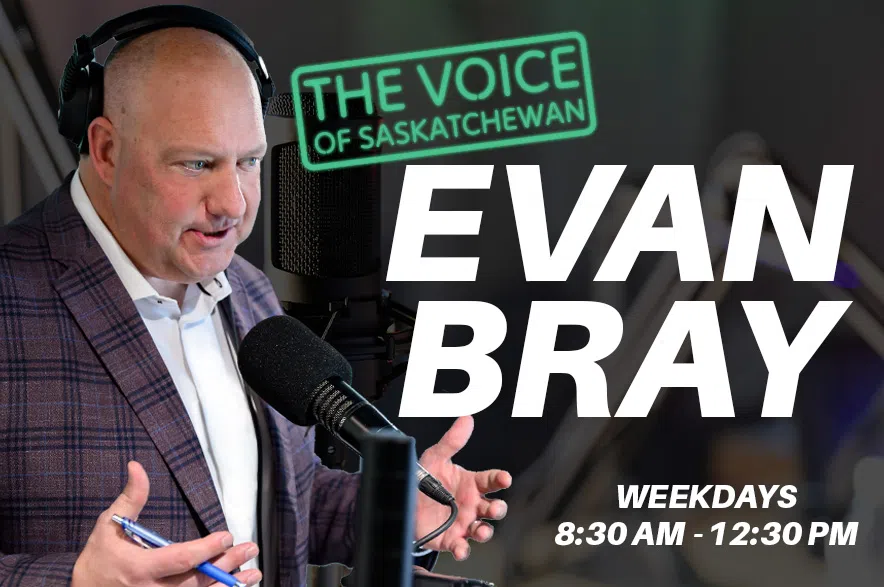RealAg on the Weekend Host Shaun Haney discusses biofuel regulations, Canadian impacts on them and how oilseeds are heartyhealthy, nutritious and safe.
Listen to RealAg on the Weekend: Biofuel regulations
SHAUN HANEY: Right off the top, we’re hearing some stuff regarding the future of oil seeds coming out of the administration of Secretary RFK Jr. What are some of the things you’re doing on it?
If you were honest with Americans, you said, “Okay, we’re not going to use us produce soybean oil instead, we’re going to import a bunch of beef tallow from Brazil.” They would probably be against that.
Let’s say that’s the number one issue. What’s number two? Is it trade?
MOGLER: Trade is right up there. It seems like everything’s a priority these days.
The biofuels policy is really what has driven the massive expansion in crushing in the U.S. over $6 billion invested over the past three or four years to expand capacity by over 25 per cent and that’s just on the soybean side, not counting all the soft seed crush expansions driven very much by the renewable fuel standard (RFS).
We’re working around the clock to try and get new volume obligations put out on that with the EPA and we found some unusual bedfellows in this. We’re working hand in glove with the American Petroleum Institute, which is Big Oil, along with everyone from the ethanol sector, the biodiesel and renewable diesel sector.
Open the American Soybean Association to ask for 5.25 billion gallons of biomass-based diesel in 2026, renewable volume obligation. And it feels like we’re pretty close to that. We’ve got a lot of alignment across the industry and we can see those rules as soon as the end of this month.
When companies are thinking about investing hundreds of millions of dollars to expand crush capacity, because of what’s happening on the biofuels front. They want political certainty.
I was talking to the RFA earlier, Jeff Cooper, and we were talking about how, you know, the Trump administration is pro-biofuel, but that’s at a 100,000-foot level. We need to get down to the 25,000 feet now.
MOGLER: I do think that it’s been a bit of a sea change from the last trump administration. I was out here working in the Senate and then on ethanol policy during Trump one and it was trench warfare between biofuels and big oil.
Since then, a lot of the major petroleum companies have invested not only in renewable diesel capacity but also in some crushing facilities. They’re a lot more integrated into this side of the supply chain, so we’ve got a lot more alignment when we’re working on an issue like this.
Us being able to go in as a group and all go to EPA and USDA and these other agencies, including the White House, and say we’re all aligned on our ask, it’s refreshing to them, because they remember some of the headaches they had to deal with with this policy issue in the past.
Not to say that we’re entirely aligned on every issue, but it feels like we’ve certainly come a long way over the past eight years.
When I talked to pork producers or NCBA, we talked about the integrated supply chain and just how, you know, the Canadian and the U.S. markets are very complementary to each other.
What about the crushing market? You would have a lot of common members between NOPA and COPA. How did the two sides work together?
MOGLER: We collaborate very closely on policy, including on trade policy, including on some of the low-carbon fuel standards that are out there. We’re always comparing notes when California is looking at making changes like they recently proposed, to cap vegetable oil inclusion in biomass-based diesel at 20 per cent and requiring new sustainability and traceability guidelines. We work with them on that.
When it comes to trade across the border, as you mentioned, it’s very integrated, and we view that when we’re talking about supporting domestic feed stocks, what we really mean is North American or USMCA feed stocks.
When we’re looking at a tax policy, we’re okay with having canola oil from Canada coming in and qualifying for fuel credit here in the U.S. We’re more concerned about tallow from South America, or, quote, unquote, used cooking oil coming in from Asia. That’s displacing our homegrown feedstocks.
In the last administration, in the Biden presidency, there was some talk about there being a push for domestic feedstock only, and it had a lot of western Canadian canola producers and crushers. I’m sure, very, very concerned. So you’re looking more of a North American market.
MOGLER: We think there’s a middle ground where we could create a North American or USMCA kind of ring fence, where all those feedstocks could qualify and help keep out the real problem actors, which is the folks who are dumping used cooking oil and tallow on both of our countries.
There’d be a lot of your members who also access and utilize the CFR in Canada.
MOGLER: Yes, absolutely. Yep, we export a tremendous amount of renewable diesel and ethanol. I’m not on that side of the business anymore, but it’s an incredibly important market.
I know on the ethanol side, they just exported 1.9 billion gallons, and think over 600 million of that went to Canada. So very integrated supply chain. And we’d like to make sure that we can continue to see both meal and oil flow back and forth, as well as the fuels.
You probably spend a big bulk of your time talking soybeans, but for a lot of farmers in the northern tier, North Dakota, obviously, there’s some canola acres as well, and then trying to increase that acre. How does that? How does that factor into all these discussions?
MOGLER: We’re we want to see growth across the board where, you know, we represent not only soybean and canola, but safflower and flax. I. Etc. So we want to see the expansion of soft seed as well as soybean crushing and canola. So we’re supportive of all of it. We believe that getting the biofuels policy right is a rising tide that will lift all boats.
What about what do we do with all the meal that’s a great question. I mean, my family feeds fair to finish hogs, and they certainly like the cheap meal prices. But it’s putting pressure on margins. It’s certainly helping our domestic livestock industry. But we need to find new markets. We need to expand some of those existing markets that we already have.











